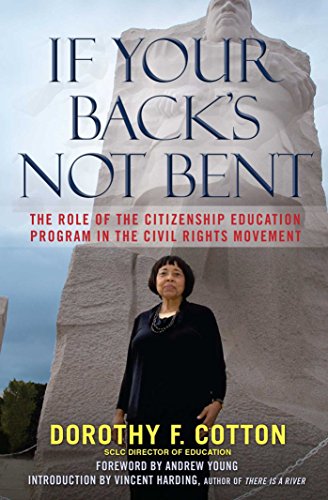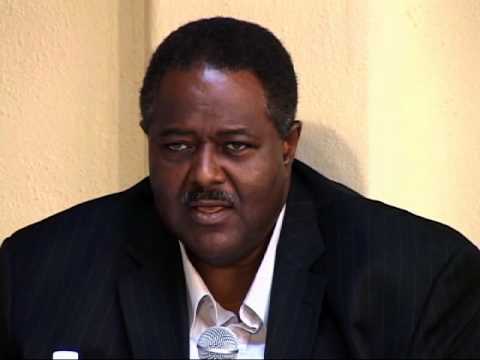The questions most frequently asked by organization and community leaders who are exploring civic organizing reveal the immediate interests common to leaders across settings:
- How do we get the right stakeholders at the table to address an issue and organize ownership across their diversity to implement solution strategies?
- How can we organize a base of influence large enough to impact the complexity of the problem?
- How can we create an on-going structure to ensure follow through on agreements and accountability for outcomes, sustain progress, and have impact at the scale needed?
In most instances it is the first question that needs to be immediately addressed. My short answer is go get them. This is a quick way to introduce an organizing approach. Most individuals don’t get beyond the first question, and those that ask the second and third usually do so as a challenge that reveals their doubt in any real answer. I continue my quick answer to all three questions by saying they would apply an organizing approach to produce ownership, leverage complex resources, sustain the structure needed to establish accountability and achieve scale of influence. However, most individuals who ask the questions have little knowledge of the theory, language, and practice of organizing so a short answer is naturally heard as jargon. In fact, it is not uncommon for people to equate the practice of organizing with being organized in their work.
Those who have some experience with organizing see it as a protest strategy, or partisan, issue-driven campaign, with the aim to advance a particular program or strategy, put pressure on or perhaps take over some external system. Many of us have been recipients of such organizing.
Depending on their experience of organizing, people have a good or negative feel about the word. If it is a good feel they usually say they are already doing civic organizing. In either case, they do not immediately imagine how an organizing approach would apply to the questions and challenges they raise, how those challenges relate to their own role, their internal operations, and the way they govern within their organization.
Since members of the Minnesota Active Citizenship Initiative have addressed these three challenges through organizing within their own institutional settings and have instituted policies to sustain their organizing practice, I can use illustrations of how it applies and what it looks like. However, before going very deeply into how to address the immediate and interrelated challenges leaders ask about through an organizing approach, those of us who make a case for civic organizing always do so within the context of what we believe is the larger, related, and fundamental question for our time:
How do we sustain democracy as a just system of governance when their appears to be little interest in the role of citizenship as the basis for governance, evidence of little progress made in addressing intractable systemic public problems which are producing serious divides, inequities, damage to the environment, and increasing cynicism in our ability to govern justly and wisely?
Those who make an investment in civic organizing, do so because their immediate needs are addressed within this larger question. See the Civic Governance case study and other case studies posted within this website for examples.



